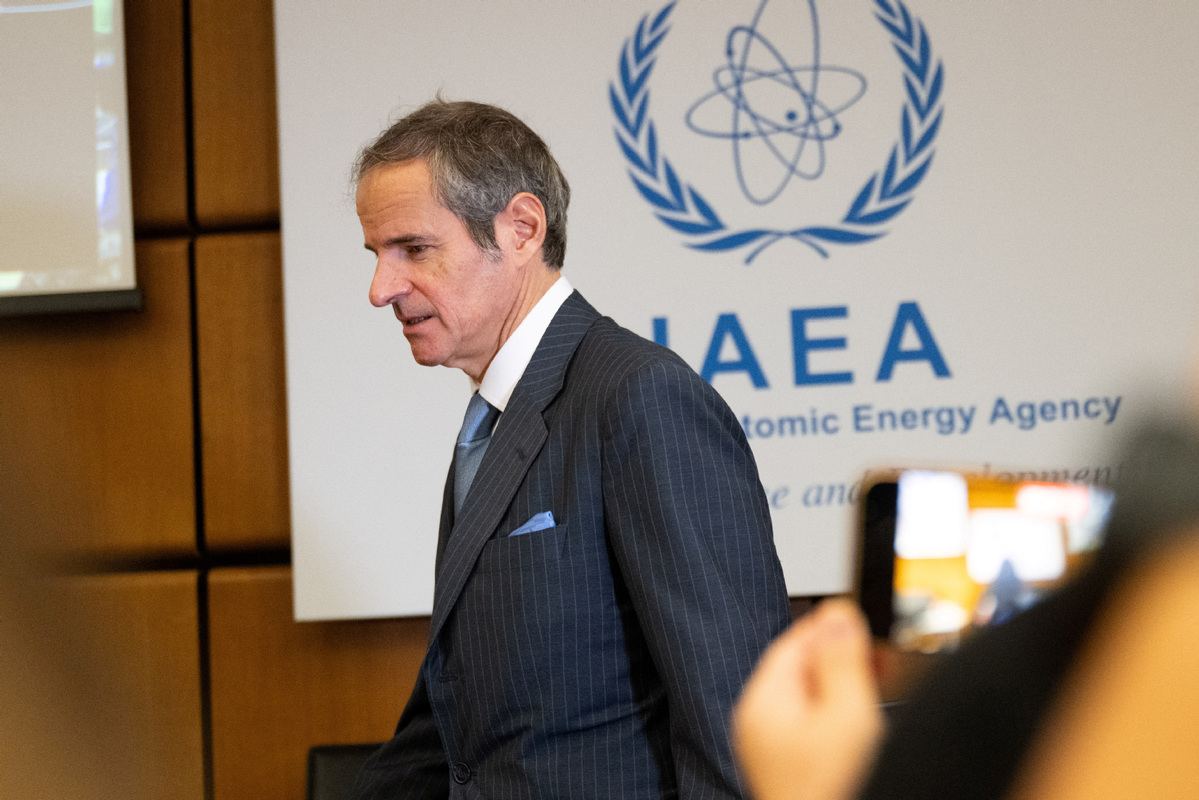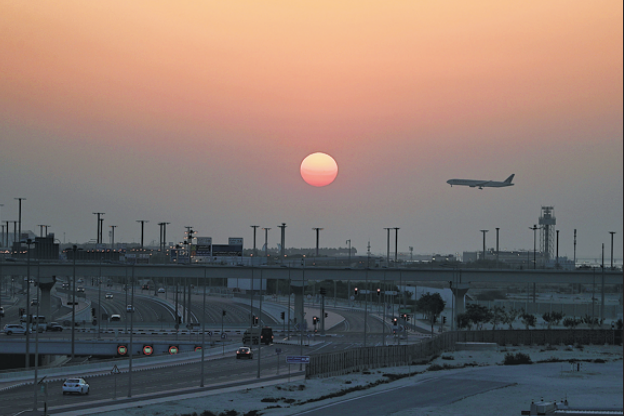What we know about the aftermath of attacks on Iranian nuclear sites and possible radiation leaks


Amid growing concerns over potential radiation leaks in Iran following the bombings of three nuclear facilities, the International Atomic Energy Agency released a statement on Tuesday in which Director General Rafael Grossi said, "there has been some localized radioactive as well as chemical release inside the affected facilities that contained nuclear material — mainly uranium enriched to varying degrees — but there has been no report of increased off-site radiation levels".
"During these attacks, we have seen extensive damage at several nuclear sites in Iran, including its uranium conversion and enrichment facilities," Grossi said. However, "there has been no radiological impact to the population or the environment in neighboring countries".
The IAEA reported that radiation levels remain within normal limits.
The conflict began on June 13, when Israel launched strikes on Iran's nuclear facilities, killing around 200 people, including scientists and military personnel. The Israel Defense Forces claimed the attacks caused significant damage to Iran's research sites.
On Sunday, US president Donald Trump approved attacks on Iranian nuclear sites at Fordow, Natanz and Isfahan. Fourteen "bunker-buster" bombs weighing 13,000 kilograms that can penetrate the earth were dropped on Fordow, a deep underground fuel enrichment facility.
One of the reasons why radiation remains normal might be that Iran moved its nuclear materials before the bombing started. According to Al Jazeera, Mahdi Mohammadi, an adviser to Iran's parliament speaker, Mohammad Bagher Ghalibaf, confirmed that Iran had moved its nuclear infrastructure from Fordow in anticipation of an attack.
This claim was rebutted by Senator Markwayne Mullin, an Oklahoma Republican. "Our intelligence report says they didn't," he said, "In fact, we actually believe they stored more of it in Fordow because they believed Fordow was impenetrable."
But a report on Tuesday from The New York Times seemed to confirm Iran did move its nuclear making equipment and materials. The New York Times said they'd obtained a classified report from the government that also confirmed most of the materials for making nuclear bombs had been moved to secret sites before the strikes.
Furthermore, the report states the bombing of Iran's nuclear sites didn't cause significant damage. Two out of three facilities' entrances were sealed off but didn't impact its structures underground. The strikes only set back Iran's nuclear bomb progress by a few months, it said.
White House spokeswoman Karoline Leavitt denied the report, saying it was "a clear attempt to demean President Trump". She called the strike a "perfectly executed mission to obliterate Iran's nuclear program."
Although the situation remains stable for now, Grossi warned that attacking nuclear facilities carries extremely high risks.
"As I have repeatedly stated — before and during the conflict — nuclear facilities should never be attacked due to the very real risk of a serious radiological accident," he said.






























